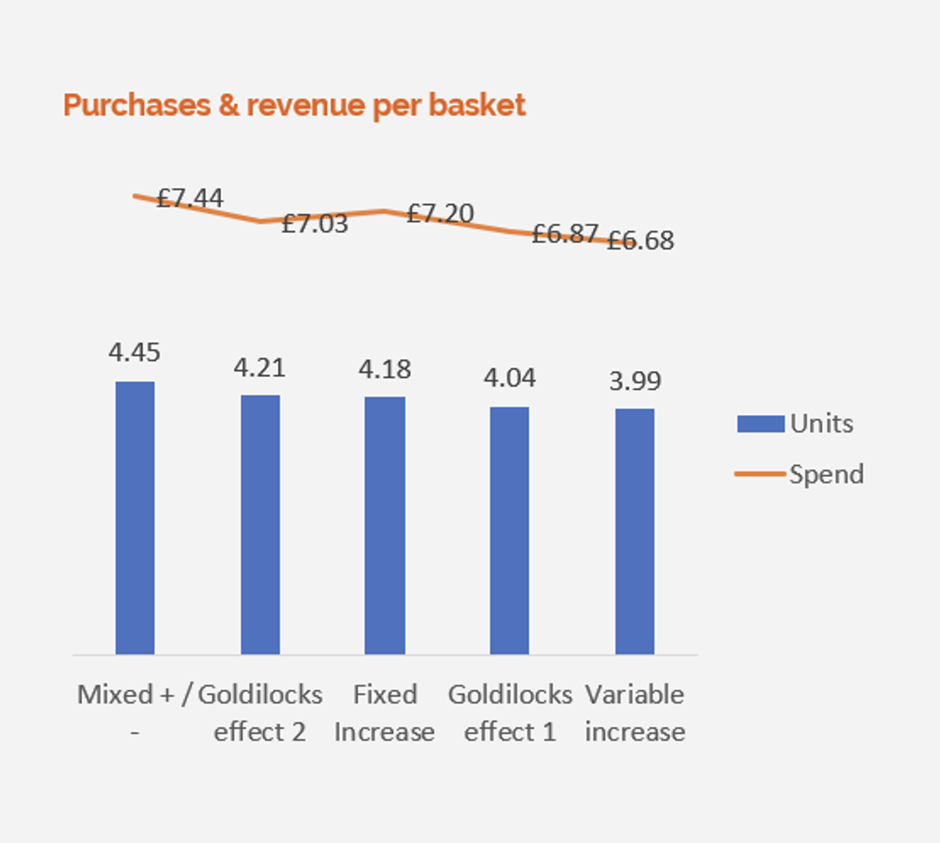
Emotional Strategies for an Emotional Crisis
 Irrational Agency
Irrational Agency
There are dozens of reports out there that suggest consumers will be looking to cut extraneous expenses, such as takeaways or streaming services, out of their life as a result of the cost of living crisis. However, this isn’t strictly true.
The problem with these suggestions is that it’s a surface insight based on quantitative surveys asking questions on past experience and a potential rational future. When you take a deeper emotional view of the situation using behavioral science research methodologies you get a different outcome. Consumers are actually significantly resistant to behavior change that impacts their perceived quality of life. The first resort for the majority of consumers will be a set of price hunting behaviors – switching to cheaper retailers, moving to cheaper brands, and hunting for discounts and savings. And they will hold out on changes such as switching from takeaways to home cooking for as long as they can.
This means that understanding how consumers will trade down, trade across, or switch retailers, and the strategies that can manage that behavior change, is more important for retailers than many cost of living studies currently suggest. It also demonstrates how surface level insights will not get you the data you need to make smart decisions about price and promotion.
In our recent report Hidden Stories of Value we used our unique System 3 methodology to understand perceptions of value at depth, and explore how brands can remain need to have when belts are being tightened.
The Cost of Living crisis is not just a financial crisis, but an emotional one. While the emotions that set the context of people’s spending might differ between certain demographics, these emotions do govern people’s relationship to shopping and what they want to see from brands.
You Can’t Solve an Emotional Need With a Financial Strategy
Brands can’t solve anxiety, worry, and despair with a financial strategy. But, if you show you’re on the customer side in overcoming the emotional challenges of the crisis you will win loyalty. People across all demographics are looking for value, but value doesn’t mean always mean just price. We’ve already discussed elsewhere discounting strategies can create feelings of good value through a sense of achievement by using emotional discounting strategies. However, when it comes to markers of good value, such as satisfaction, these attributes are harder to make visible prior to purchase. You can overcome this barrier through positive storytelling through pack or shelf, and bring forward that sense of customer satisfaction from the future into the present moment and create good value at the time of purchase.

Of course you are probably going to have to increase prices. So how can you do that and still provide an emotional payout? We measured five different strategies; two goldilocks strategies, a fixed amount of increase (increase everything by 12%), a variable increase (a mix of 5%, 10%, 20% increases), and a mixed strategy.
What we found to be most effective is this mixed strategy, which means freezing some prices, cutting others, but at the same time increasing others by more. Instead of trying to go across the board, you can increase the prices on some products, but by sending clear signals you are freezing other items, providing discounts on others, you’re giving people a variety of choices they can make. But you’re also sending a positive emotional signal that you are supporting them and that there is a deal to be had. This strategy should increase both basket size and amount that people spend.
Within this strategy it’s important to consider that there will always be a switch to own label when a price increase is implemented for branded goods, regardless of the price increase. Whether you increase it by 5% or 10%, you will lose the same amount of share. This should provide you the freedom to really go for the increased prices on some goods, boost revenue among those who will always stick to branded goods, and manage the trading down for those customers that will do it anyway.
To find out more about our methodology and other pricing strategies in the report, you can watch our recent webinar on Hidden Stories of Value here. And if you’re interested in the Hidden Stories of Value syndicated report, get in touch!
